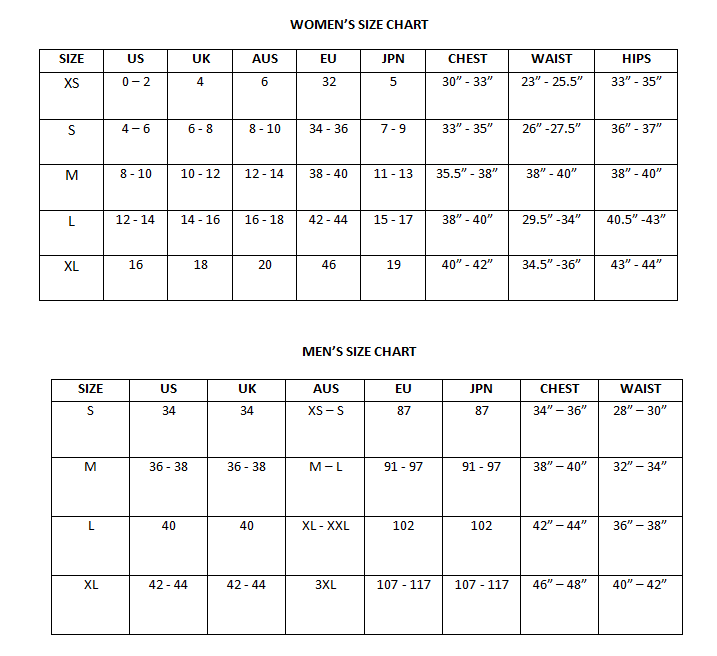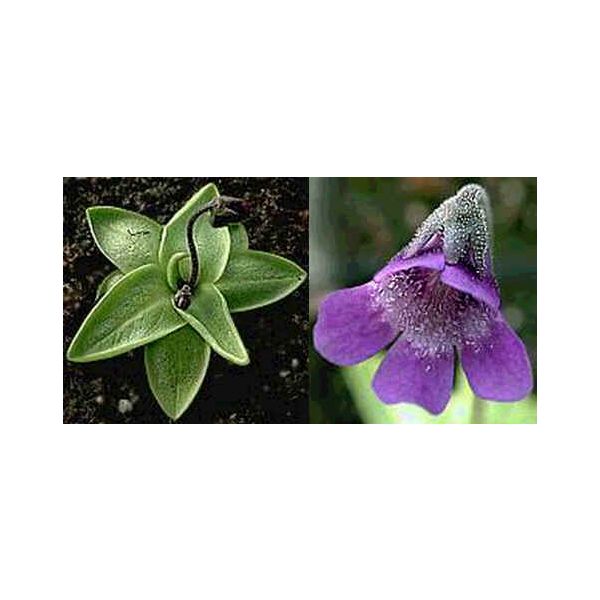Pinguicula Vulgaris Seeds (Common Butterwort, Steepgrass, Valentine's Flower)(Cold Temperate)
Pinguicula Vulgaris Seeds (Common Butterwort, Steepgrass, Valentine's Flower)(Cold Temperate)
Pinguicula vulgaris is a small plant, about 3.5 inches, with rosettes of light green to yellow green leaves.

Delivery
All orders shipped with UPS Express.
Always free shipping for orders over US $250.
All orders are shipped with a UPS tracking number.
Returns
Items returned within 14 days of their original shipment date in same as new condition will be eligible for a full refund or store credit.
Refunds will be charged back to the original form of payment used for purchase.
Customer is responsible for shipping charges when making returns and shipping/handling fees of original purchase is non-refundable.
All sale items are final purchases.
Help
Give us a shout if you have any other questions and/or concerns.
Email: contact@domain.com
Phone: +1 (23) 456 789
Availability: Out of stock
SKU
Pinguicula Vulgaris
Pinguicula vulgaris, also known as Steepgrass, Valentine's Flower or Common Butterwort, is circumboreal. It occurs in Northern and Central Canada and in Northeast United States. It is more common in Eurasia. This carnivorous plant thrives in the mountains as well as in the lowlands.
In Spring, the cycle begins by the opening of the Winter buds, hibernacula, and the production of the first carnivorous leaves. The first leaves are followed by the flowers in Summer. New carnivorous leaves are produced during all the season. Near Autumn, or earlier, if your conditions are not optimal, the next hibernacula is revealed in the centre of the rosette. Then leaf production stops and the old leaves decay slowly. The plant, reduced now to a small hibernacula, is ready for Winter and for the next cycle.
Pinguicula vulgaris is a small plant, about 3.5 inches, with rosettes of light green to yellow green leaves. The leaves are basal, elongated, up to 2" long, sticky and glossy in appearance. Common Butterwort flowers in late June to July. It produces single purple flowers of 2 cm, tubular in shape, with a 3-lobed lower lip, and 2-lobed upper lip, and a white throat. It stands alone on a leafless stalk between 1" and 6" high.
The leaves have a slimy upper surface which is produced by secretions from two types of glands. Stalked glands produce a sticky substrate which aids in trapping insects, and sessile glands produce enzymes which digest the prey. After an insect is caught by the sticky secretions, the leaf folds over the insect, and enzymes are released for digestion and eventually the insect is absorbed by the leaves. These modifications help such plant species compete in nutrient-deficient habitats.
Pinguicula vulgaris is from a circumboreal climate and require a dormancy period. During dormancy the plant die back to a resting bud known as a hibernacula. Temperate Butterworts not only reproduce by seed, but also by gemmae. These gemmae, brood bodies, form around the base of the hibernacula. They look like miniature resting buds. They break of from the hibernacula very easily and are scattered around, assisting on the further propagation of the species.
Hardiness zone 1 (-45øC/-50øF) in Winter. It survives in areas that have a Subarctic growing season of 60 to 90 days. Optimal Summer growing conditions are good air humidity, cool temperature and UV lights. If the Summer growing conditions are not optimal, the plants will form very weak hibernacula which easily rot. During growth period, procure a day temperatures of about 25øC and night temperatures around 20øC. During resting period days and nights should be below freezing point. You can put it in the freezer for 3 months, preceded and succeeded by 3 weeks in the fridge.
Common Butterwort has been reported in a variety of habitats, including bogs and wet soil in mountains, a subalpine mire, and growing out of water. It will grow in nutrient-poor soils. Pinguicula vulgaris need full sun to partial shade and prefer to be planted in an acidic, well-drained moist to wet soil. In the greenhouse, we use a soil mix consisting of one part peat moss, two parts perlite, and one part vermiculite.
Use rain water poured on the top of the pot taking care not to wet the rosette. When this Pinguicula begins to produce its non-carnivorous leaves, from October to April, it is important to restrict the water somewhat, but never allow the plants to dry completely. Inversely, when the plant begins to produce in early Spring its carnivorous leaves, you have to progressively start watering again the pot. Don't let the media dry between two watering.
| Common name | Common Butterwort |
|---|---|
| Species | Pinguicula vulgaris |
| Germination | Those seeds require 2-3 months cold stratification before sowing, directly on the surface of your moist but not soaked soil mix. Once it's time to take the seeds out of cold stratification, cover the top of the pot with clear plastic so the humidity will remain high, place them in an area with real nice strong light and keep the temperature around 20øC/68øF, 24øC/75øF. When you see some tiny plants starting to sprout, slowly open the top of the pot, a little each day, so that the new seedlings don't go into shock from the humidity being lowered too quickly. After cold stratification, germination can take several months. It can be more depending on their degree of unbroken dormancy, don't give up. |
| Scarification / Stratification | It creates a cold and moist environment for the seeds. This will break their dormancy. Place the seeds on top of a prepared soil mix. The pot is then placed into a ziplock bag with approximately an inch of water on the bottom of the bag. Close the bag shut and place it into the salad crisper compartment of your refrigerator. Make sure to check the seeds often. If fungus or mold appears treat it with a fungicide. |
| Price View | Price Range |

